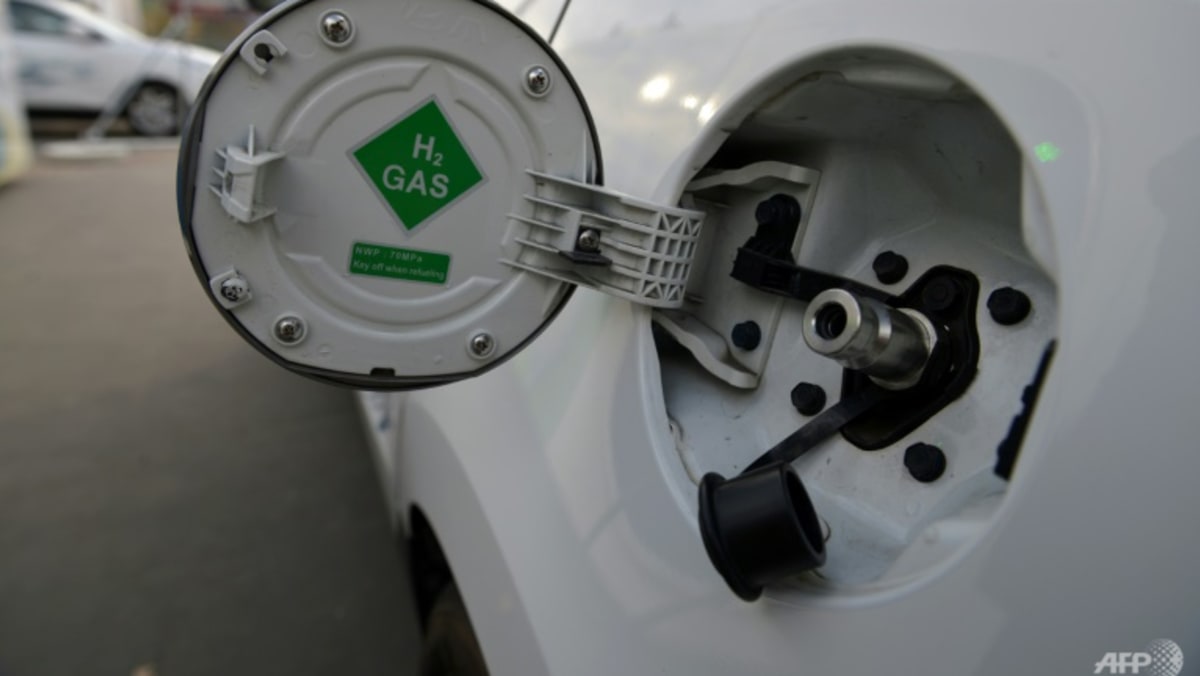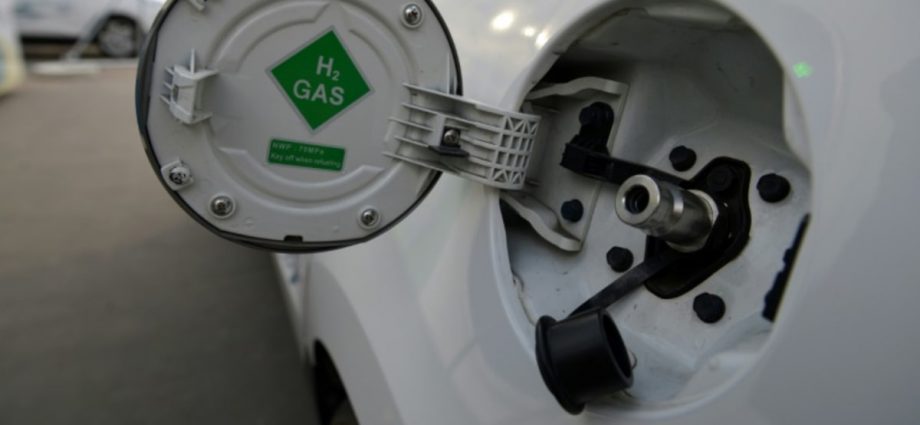
Thanks to the European Union’s ambitious hydrogen strategy, the majority of new hydrogen projects are in Europe. Other regions are catching up, with over 75 per cent growth in the number of new projects announced.
Oil-rich Saudi Arabia is set to go big with a US$500 billion futuristic city built on the Red Sea that will be powered by hydrogen, which will come from a US$5 billion plant poised to be the world’s biggest producer of green hydrogen.
Japan has also opened one of the world’s largest green hydrogen production facilities near Fukushima, capable of producing enough hydrogen each day to power about 150 homes for a month.
Clean hydrogen costs are falling, and governments and businesses are muscling in. Last year, then Australian Prime Minister Scott Morrison pledged to “produce the cheapest clean hydrogen in the world”, at A$2 (S$1.80) per kg. At this price, hydrogen becomes a viable alternative to conventional fuels.
Bearing out his promise, an Australian hydrogen technology company just announced a major breakthrough that can mass produce hydrogen at under A$2 per kg by 2025.
SINGAPORE’S HYDROGEN AMBITIONS
With limited land and renewable resources, how will Singapore produce its own clean hydrogen to meet energy needs and climate goals?
As hydrogen is still a nascent technology, when and where it can be produced at scale in a cost-effective manner is still unclear. Preliminary steps have been outlined in the newly unveiled National Hydrogen Strategy to research and experiment with hydrogen technologies in Singapore, as well as to assess infrastructural requirements and partners to facilitate hydrogen trade.

